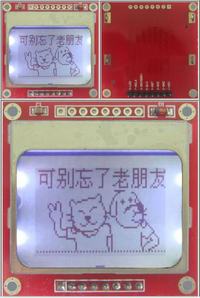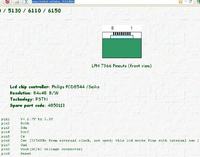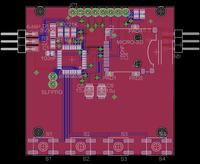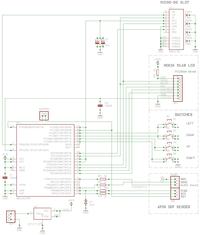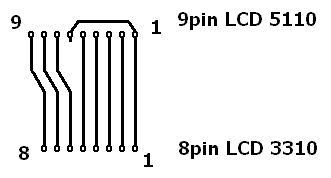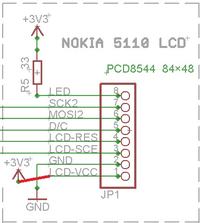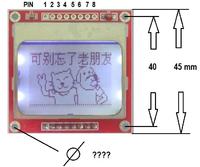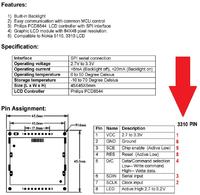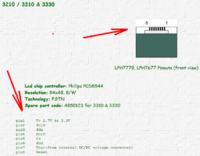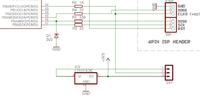And how will it be in the case of the first software?
In the config file for it there is:
11110010 uProg settings are saved in this byte
||||||||
||||||| + ---- bit0 - file type (1 for hex, 0 for bin)
|||||| + ----- bit1 - status bar (1 for enabled-slower programming, 0 for disabled-normal programming)
||||| + ------ bit2 - not original lcd (1 for chinese not-PCD8554, 0 for original PCD8544 driver lcd)
|||| + ------- bit3 - slow SPI clock for LCD (1 for 2MHz, 0 for 4MHz)
||| + -------- bit4 - speed-up programmer clock (1 for max speed up to 16MHz, 0 for fabric 8MHz)
|| + --------- bit5 - show anims (1 to play animations after failed programming)
| + ---------- bit6 - auto erase (1 to erase the chip before programming flash memory)
+ ----------- bit7 - auto verify (1 to autoverify flash or eeprom after flashing)
bit2 and bit3 but after switching it does not give anything.
Immediately after turning on, I have:
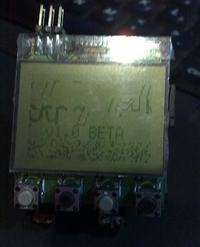
You gave the link but to the config to the firmware higher than the first version, which is the only one for me. But thanks for the quick response
In the config file for it there is:
11110010 uProg settings are saved in this byte
||||||||
||||||| + ---- bit0 - file type (1 for hex, 0 for bin)
|||||| + ----- bit1 - status bar (1 for enabled-slower programming, 0 for disabled-normal programming)
||||| + ------ bit2 - not original lcd (1 for chinese not-PCD8554, 0 for original PCD8544 driver lcd)
|||| + ------- bit3 - slow SPI clock for LCD (1 for 2MHz, 0 for 4MHz)
||| + -------- bit4 - speed-up programmer clock (1 for max speed up to 16MHz, 0 for fabric 8MHz)
|| + --------- bit5 - show anims (1 to play animations after failed programming)
| + ---------- bit6 - auto erase (1 to erase the chip before programming flash memory)
+ ----------- bit7 - auto verify (1 to autoverify flash or eeprom after flashing)
bit2 and bit3 but after switching it does not give anything.
Immediately after turning on, I have:

You gave the link but to the config to the firmware higher than the first version, which is the only one for me. But thanks for the quick response





